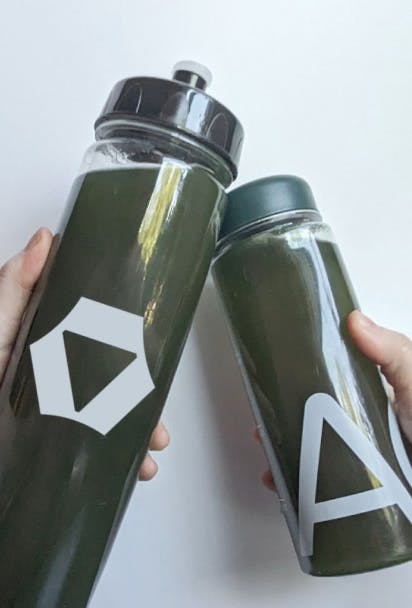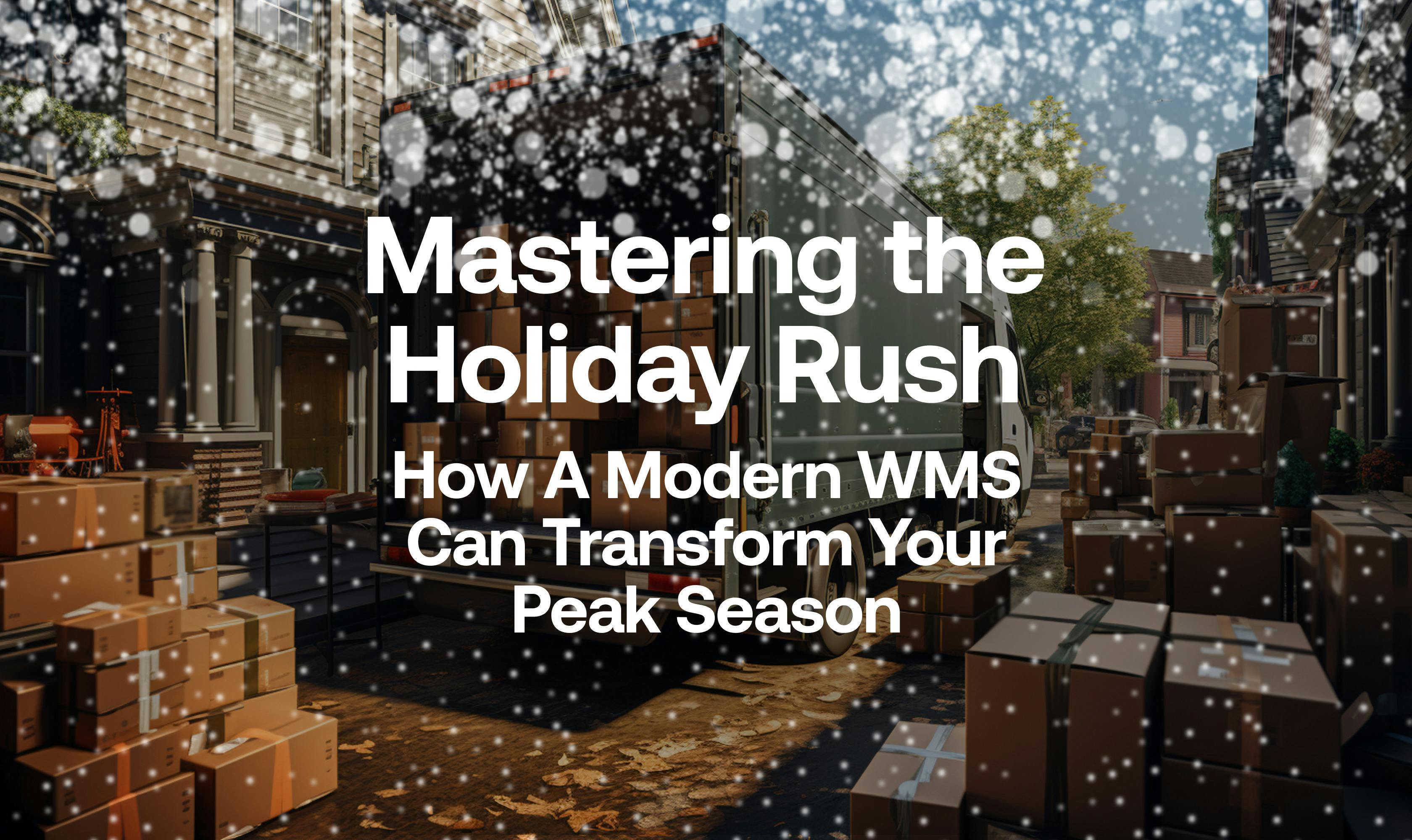E-commerce businesses can experience a sales surge during "peak seasons" and then plummet. While these sales booms can be great in the short term, they can make it a real struggle to build a solid business.
Peak seasons are the times in a year when online shopping really takes off. It generally spans from late October through December. Events within this period include1:
Halloween (October 31st) - While not as sales-driven as other holidays, it marks the beginning of increased consumer spending.
Thanksgiving (Fourth Thursday of November) - This holiday itself sees a surge in online shopping, as people research deals and begin their holiday buying.
Black Friday (Friday after Thanksgiving) - A massive retail event that has transitioned into a major online shopping day.
Cyber Monday (Monday after Thanksgiving) - Traditionally focused on online deals, this day often sees even higher online sales than Black Friday.
Christmas (December 25th) - The traditional holiday gift-giving season drives a sustained period of high shopping activity.
Other notable peak seasons are1:
Amazon Prime Day - Amazon's biggest sale event of the year, which typically occurs in July and October and offers exclusive deals for Prime members.
Back-to-School (Late Summer - August/Early September) - While some back-to-school shopping still happens in physical stores, online sales in this category are growing.
It's also worth pointing out that factors aside from traditional holidays or events can also drive seasonal demand. A brand's own promotions (sales, launches) and external influences (weather, trends) can create significant, if shorter, peaks.
Being completely reliant on these peak seasons can affect your bottom line. For some industries, like holiday decorations, revenue can increase by up to 60-70% during peak compared to normal periods2. The spike looks amazing, but the low demand for the rest of the year can be a real problem for brands depending heavily on limited sales windows.
To achieve steady e-commerce growth and improve your long-term profits, you've got to employ a strategy of creating "peak-resistant" products. Basically, this means building a business that has consistent demand throughout the year.
Born Primitive: Building a Brand of Peak-Resistant Products
To show the power of peak-resistant products in building a sustainable e-commerce business, let's look at the compelling case of Born Primitive as introduced in the video below.
Born Primitive is a direct-to-consumer (DTC) brand that specializes in high-performance fitness apparel and gear. They've gained a super strong following within the fitness community by focusing on quality products and building a distinctive brand identity.
Their journey has a lot to teach e-commerce business owners who are trying to overcome seasonality and achieve consistent growth.
Overcoming Seasonality Through Product Diversification
Born Primitive initially ran into seasonality problems because they were so dependent on specific products, mainly women’s leggings. Sure, they may appear successful, but they had those seasonal demand fluctuations along with insane competition. The brand has identified that there’s a summer slump where people don't buy as many pairs as they do in January, November, or December, as shown below. This dependence on seasonal products was holding them back in terms of year-round growth potential.
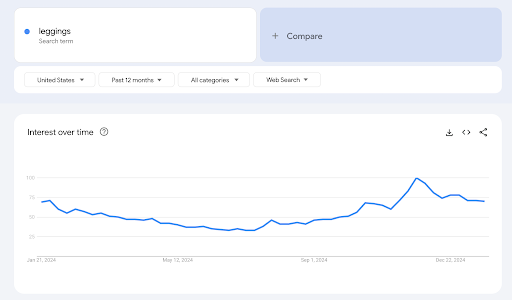
The table below shows what the brand’s Share of Business (SOB) in 2023 looked like. You can see here how much Born Primitive relies on women's leggings, which emphasizes the need for diversification to keep growing the business.
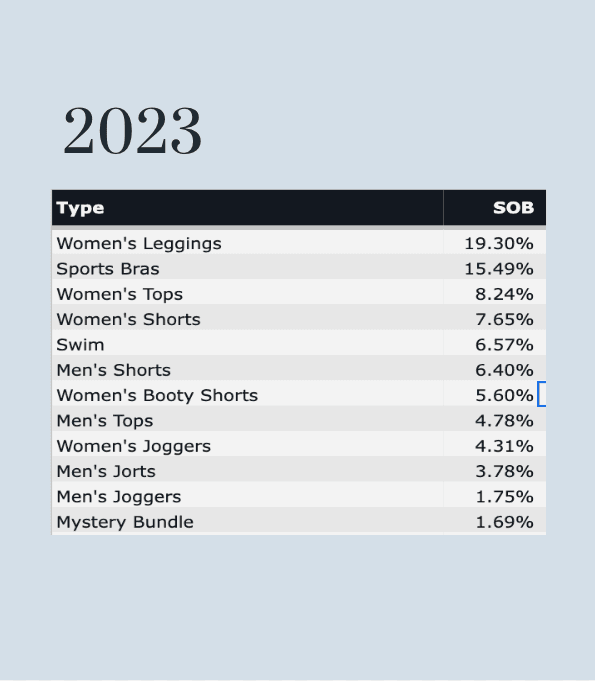
To fix this, they diversified by introducing new products. Their big move? They introduced the Savage One training shoes and the video below goes into detail about how this expansion into footwear let Born Primitive to tap into a different market and offset those seasonal dips associated with apparel sales.
Let’s focus on the bottom two lines on the product sensitivity chart below. This chart is used to track sales by SKU over time. This is done for spend and unit sales to try to understand the composition visually and where revenue is coming from. The navy blue line represents the unit volume sales of leggings. The other line represents shoes. The deal is instead of just trying to make a seasonally affected product category like leggings more efficient, a brand can bring in an alternative product like shoes to make up for the revenue and largely compensate for the unit volume loss in that time during those off-peak times.

With the introduction of shoes, Born Primitive captured revenue they would've otherwise missed out on. And now, this revenue from a different category makes up a huge chunk of their business, as shown below.
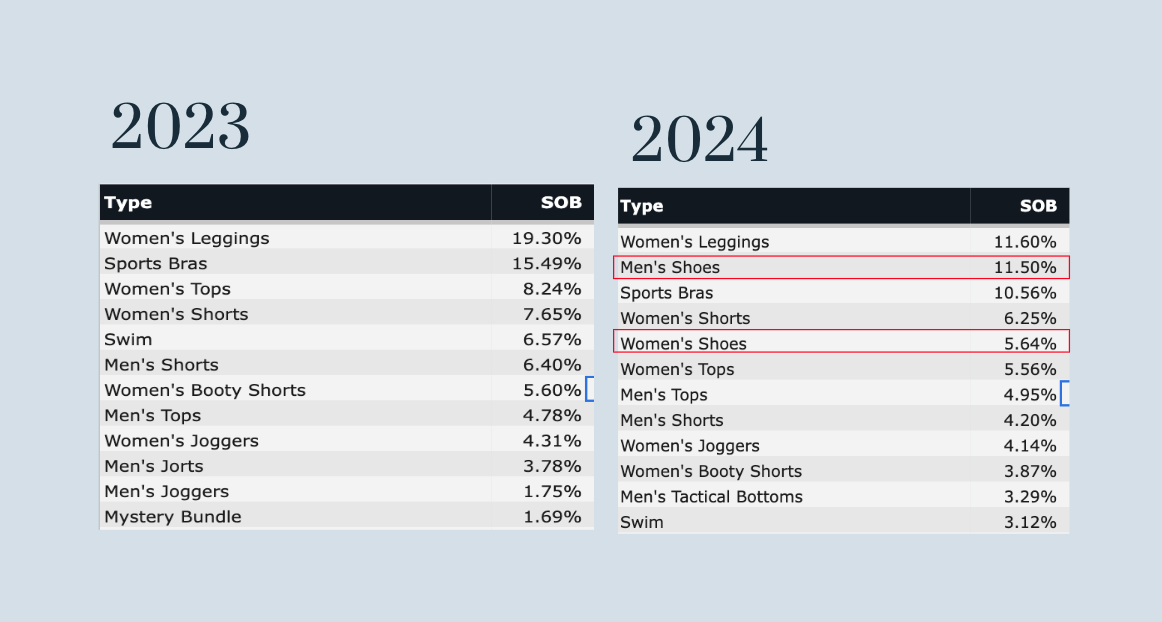
In that same time period of January to June while comparing 2023 and 2024, the SOB for men’s and women’s shoes takes about 18% of the revenue while leggings is at 12%. This proves how product diversification can be a game-changer for creating a more balanced and consistent demand profile, a true hallmark of peak-resistant products.
The Power of Storytelling and Community Engagement
Born Primitive's growth is rooted in building a strong brand identity and cultivating a loyal community. They’re all about storytelling that really connects with their target audience's values and passions. It’s way more than just selling stuff, but also creating a sense of connection and belonging.
Here’s how they’ve done it:
By forging these genuine and emotionally-resonant relationships with their customers, Born Primitive drives engagement and loyalty that goes way beyond transactional interactions. This strong community bond helps them maintain consistent demand and minimizes the impact of seasonal trends that can further support the development of peak-resistant products.
Moving Away from “Peak Seasons”
Born Primitive proves that peak-resistant product strategies are totally achievable. And their experience basically shows you how to move away from seasonality and set your e-commerce brand up for sustained growth. Remember, the path forward is to shift from being tied to those seasonal swings to creating products designed for consistent demand.
Thanks for reading, and thank you to Stord for hosting me at their summit. If you are looking to grow your e-commerce business, Common Thread Collective is your growth agency.
